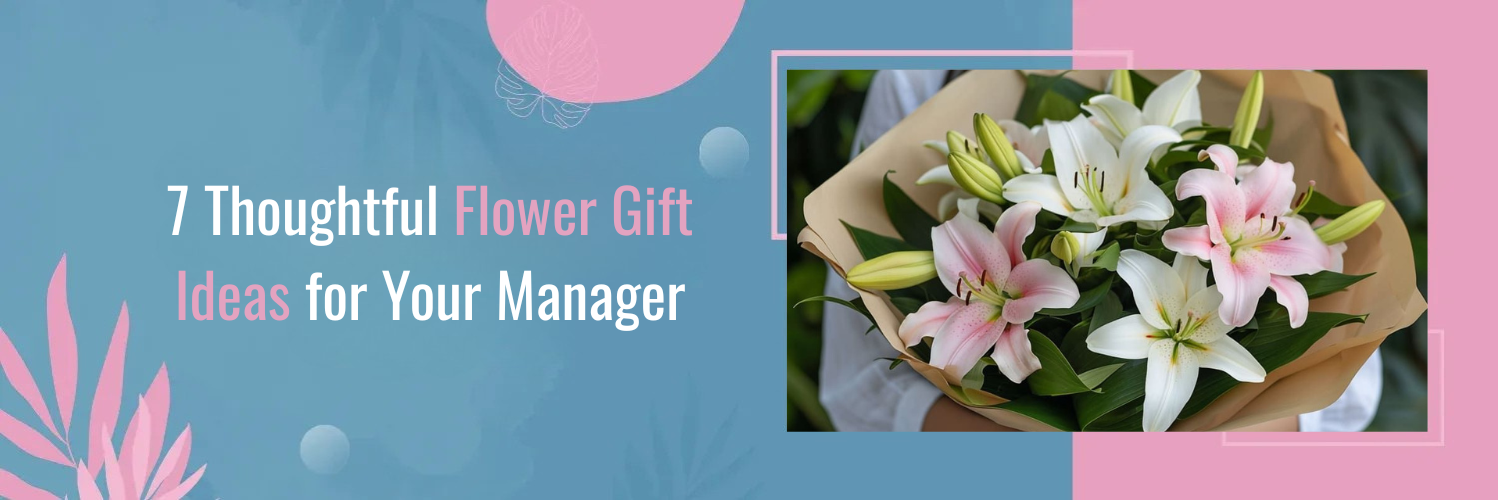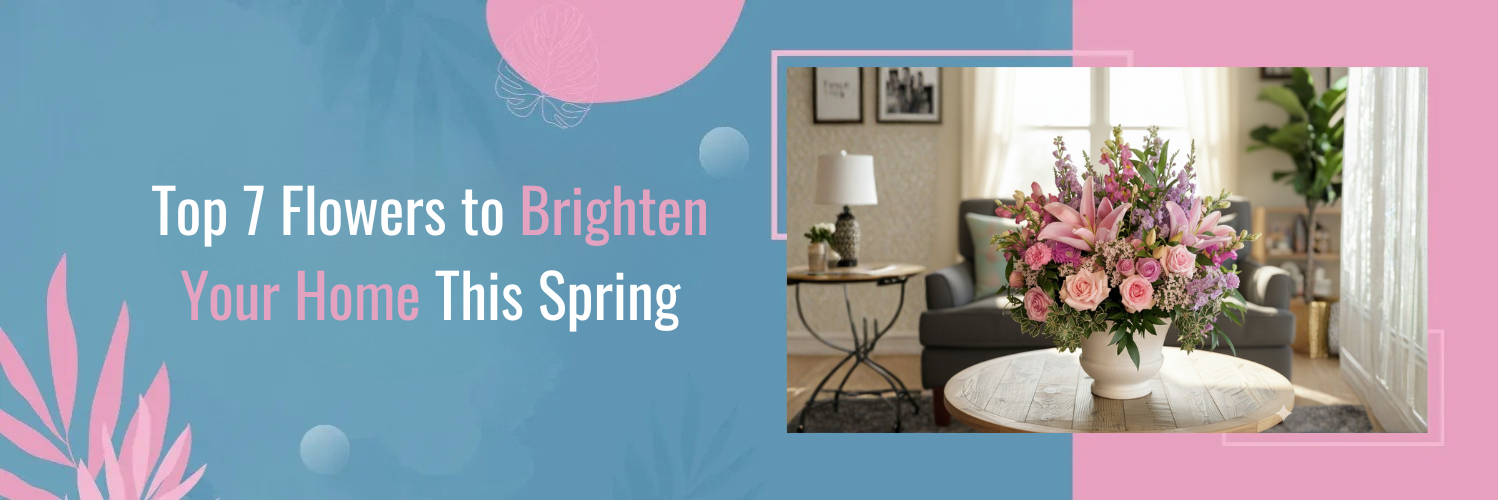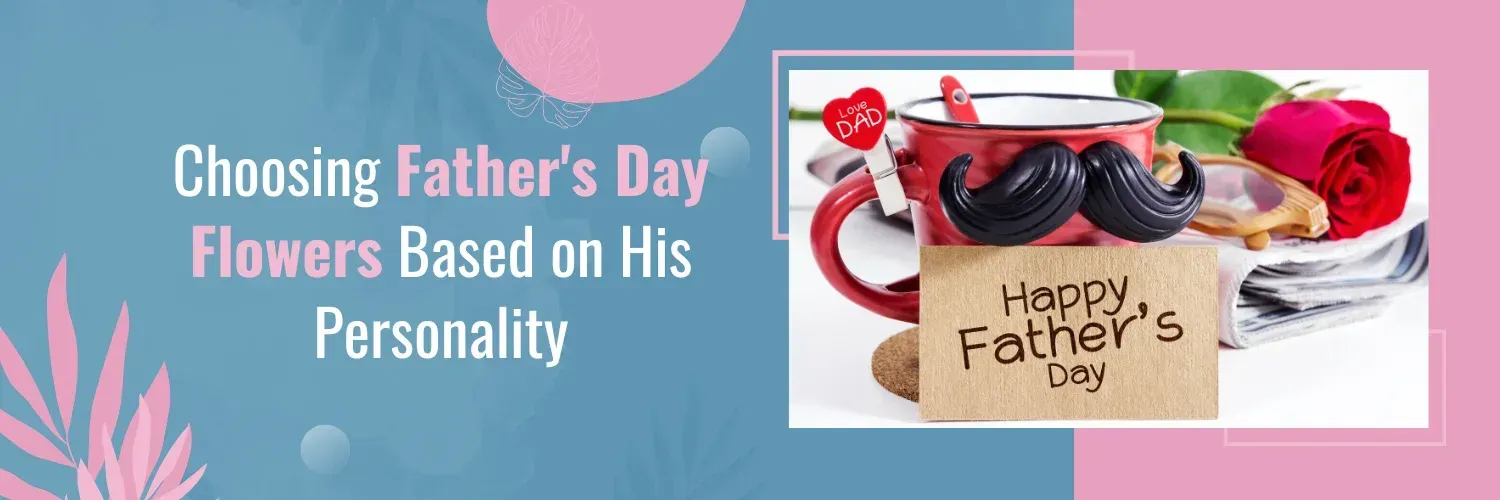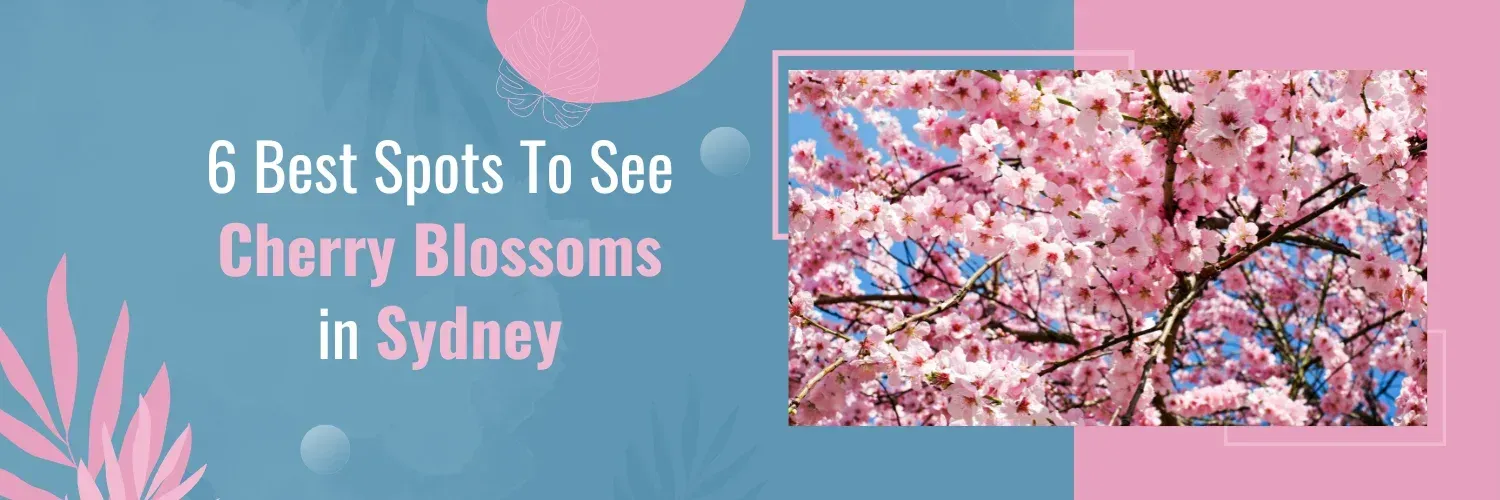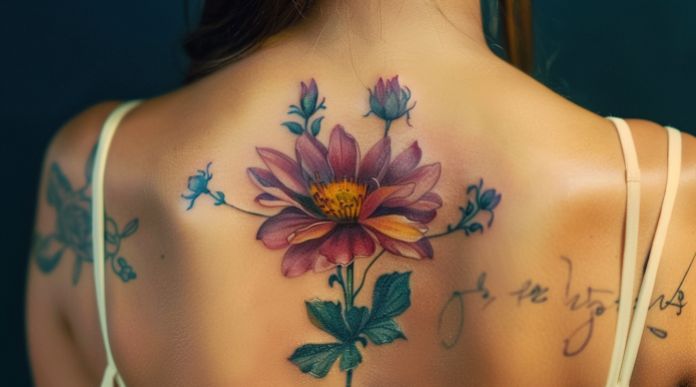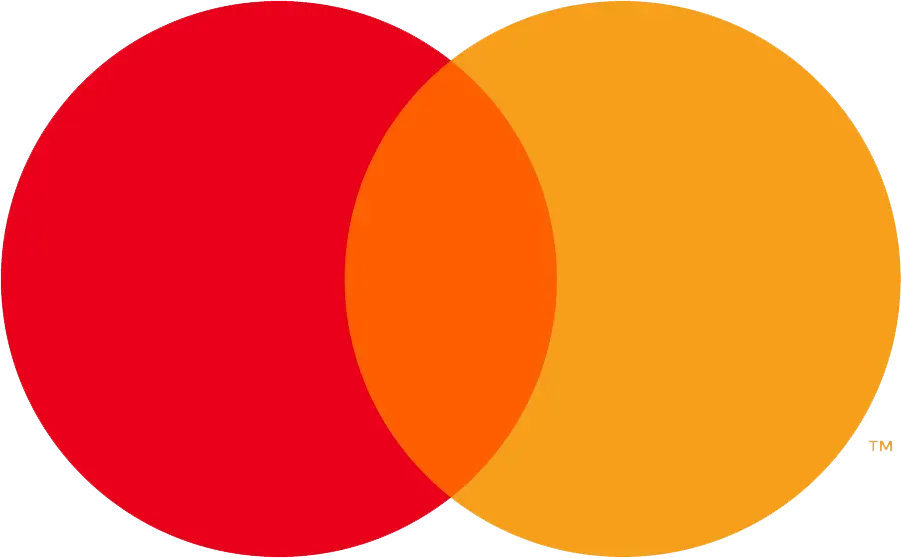Floral Environment for You
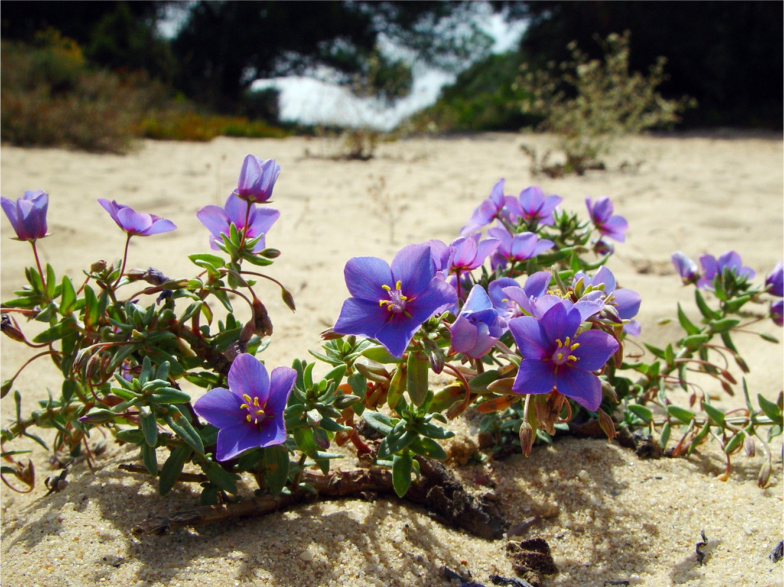
The art of interior design goes beyond aesthetic appeal; it extends to the creation of a harmonious living environment that accommodates the diverse needs of its inhabitants. One such intricate balance to strike is between floral decor and the presence of beloved pets. Integrating floral elements into a pet-friendly space requires thoughtful consideration and strategic planning. This delicate art holds significance not only for the beauty it adds to our homes but also for the well-being and happiness of both our pets and ourselves.
Importance of Creating a Harmonious Space for Pets and Flowers

- Aesthetic Pleasure:
Floral decor can bring a touch of natural beauty indoors, adding vibrant colors, textures, and scents that enliven a living space. When combined with the joyful presence of pets, the result is an atmosphere that is visually pleasing and emotionally fulfilling. A carefully curated blend of flowers and pets can transform a house into a home.
- Positive Impact on Mood:
Both flowers and pets have been shown to have positive effects on human mood and well-being. Studies have demonstrated that the presence of flowers can reduce stress, anxiety, and depression. Likewise, the companionship of pets can provide emotional support and alleviate feelings of loneliness. By creating an environment where these two elements coexist, we can enhance our mental and emotional health.
- Enhanced Connection with Nature:
Incorporating floral decor in a pet-friendly space allows us to forge a stronger connection with nature. As pet owners, we are attuned to the natural world through our companions’ interactions with it. Flowers, being a part of that world, serve as a reminder of the beauty and tranquility nature offers.
- Safe and Pet-Friendly Choices:
When designing a space that accommodates both flowers and pets, it’s essential to choose pet-safe plant varieties. Certain plants can be toxic to animals if ingested. By selecting non-toxic flowers and arranging them strategically, we can ensure the safety of our furry friends while enjoying the aesthetic benefits of floral decor.
- Promoting Exploration and Engagement:
Pets are naturally curious and often enjoy exploring their environment. Well-placed floral elements can stimulate this curiosity, providing pets with new scents, textures, and visual stimuli to interact with. This engagement can enrich their lives and keep them mentally stimulated.
- Personalized and Thoughtful Spaces:
Designing a space that reflects both our love for pets and our appreciation for flowers creates a more personalized and meaningful environment. This integration allows us to tell a unique story through our home decor, showcasing our passions and priorities.
- Fostering a Bond:
The mutual enjoyment of flowers and pets can also serve as a bonding experience between humans and animals. Sharing these pleasures with our pets can create moments of joy and connection, deepening our relationships with them.
Understanding Toxic Plants
When creating a pet-friendly floral environment, it’s crucial to be aware of the potential hazards posed by certain plants. Many plants commonly used in floral arrangements can be toxic to pets if ingested. Here’s a list of common toxic plants harmful to pets and why it’s important to avoid them in your floral environment.

List of Common Toxic Plants
- Lilies: Are lilies poisonous for cats? Lilies are highly toxic to cats, causing kidney failure even in small amounts.
- Poinsettias: Irritating to pets’ mouths and stomachs, leading to vomiting and drooling.
- Tulips: Contain allergenic compounds that can cause vomiting, diarrhea, and even depression.
- Oleander: Extremely toxic, affecting the heart and leading to severe health issues or death.
- Sago Palm: Causes liver damage, seizures, and in severe cases, death in both cats and dogs.
- Azaleas: Contains toxins that cause vomiting, diarrhea, and drooling.
- Daffodils: All parts of the plant are toxic, causing severe gastrointestinal issues.
- Cyclamen: Affects the gastrointestinal and nervous systems, causing vomiting and tremors.
- Hyacinths: Contains toxins that can lead to vomiting, diarrhea, and breathing difficulties.
- Dieffenbachia: Causes oral irritation, drooling, and difficulty swallowing.
Importance of Avoiding Toxic Plants
- Health Risks:
Ingesting toxic plants can result in a range of health issues, from mild gastrointestinal discomfort to severe organ damage or even death.
- Curiosity of Pets:
Cats and dogs are naturally curious creatures and may explore plants by chewing or nibbling. This puts them at a higher risk of ingesting toxic plants.
- Hidden Dangers:
Some toxic plants may not show immediate symptoms, making it difficult to identify a problem until it’s more severe.
- Prevention is Key:
It’s far easier to prevent access to toxic plants than to treat a pet after they’ve ingested them.
- Peace of Mind:
Avoiding toxic plants ensures a safe and worry-free environment for both you and your pets.
When choosing flowers and plants for your pet-friendly space, make sure to research their toxicity level and keep your pets’ safety in mind. Opt for non-toxic alternatives to create a beautiful and safe floral environment for everyone to enjoy.
Safe Flower and Plant Options
Creating a pet-friendly floral environment doesn’t mean sacrificing the beauty of your space. There are plenty of non-toxic flowers and plants that can add color and vibrancy to your home while ensuring the safety of your beloved pets. Here’s a list of safe options along with tips for selecting them without compromising aesthetics.

List of Non-Toxic Flowers and Plants
- African Violet: Delicate and colorful blooms that thrive indoors and are safe for pets.
- Spider Plant: Easy to care for and known for its air-purifying qualities, while being non-toxic.
- Boston Fern: A lush, green option that adds elegance to your space without harming pets.
- Bamboo Palm: A pet-safe palm option that brings a tropical feel to your interior decor.
- Snapdragons: Tall, vibrant flowers that can add a pop of color to your arrangements.
- Roses: Stick to varieties without thorns for a classic and safe floral choice.
- Calendula: Also known as marigolds, these bright blooms are non-toxic and pet-friendly.
- Phalaenopsis Orchid: Graceful and exotic, these orchids are safe for pets and visually striking.
- Areca Palm: Another palm option that’s non-toxic and adds a touch of the tropics.
- Zinnias: Colorful, daisy-like blooms that can be grown both indoors and outdoors.
Tips for Selecting Safe Options without Compromising Aesthetics
- Research:
Prioritize research before purchasing any flowers or plants. Look for reliable sources that list plants safe for pets.
- Consult Florists or Garden Centers:
Speak to professionals who can guide you toward pet-friendly options that align with your aesthetic preferences.
- Mix and Match:
Combine non-toxic flowers and plants to create visually appealing arrangements that are safe for pets.
- Color Palette:
Choose flowers that complement your color scheme to maintain the desired aesthetics.
- Textures and Shapes:
Play with different shapes and textures to create dynamic arrangements that are both visually pleasing and safe for pets.
- Height and Structure:
Consider the height and structure of plants to ensure they don’t pose a risk of falling or being accessed by curious pets.
Creating a pet-friendly and aesthetically pleasing floral environment requires a balance between safety and design. With the right choices and careful planning, you can enjoy a beautiful space that brings joy to both you and your pets.
Arranging Flowers with Pets in Mind

Elevated Arrangements
When designing a pet-friendly floral environment, creating elevated arrangements is a smart strategy. By positioning flowers and plants out of your pets’ reach, you can ensure their safety while maintaining the beauty of your decor.
Benefits of Elevated Arrangements
- Prevents pets from accessing and potentially damaging or ingesting plants.
- Adds dimension and visual interest to your space.
Creative Display Ideas
- Floating shelves or wall-mounted shelves for flower pots.
- Tall, sturdy vases on high surfaces.
- Hanging planters from the ceiling.
Hanging and Wall-Mounted Gardens

Maximize your available space by going vertical with hanging and wall-mounted gardens. This not only keeps your floral decor safe from curious pets but also adds a unique touch to your pet-friendly environment.
Advantages of Vertical Displays
- Utilizes unused wall space for floral arrangements.
- Keeps plants well out of pets’ reach.
Design and Maintenance Tips
- Choose plants with trailing or cascading growth habits.
- Use hooks, macramé hangers, or wall-mounted planters.
- Ensure proper watering and maintenance for hanging plants.
Securing and Maintaining Pet-Friendly Floral Decor
Stable Vases and Containers
Stability is essential when it comes to pet-friendly floral decor. Secure vases and containers are not only safer for your pets but also prevent accidental spills that could damage your space.
Why Stability Matters
- Reduces the risk of pets knocking over arrangements.
- Prevents spills and potential messes.
Pet-Friendly Vase Options
- Heavy ceramic or weighted vases.
- Low, wide vases that are less likely to tip over.
Regular Monitoring and Pruning
Maintaining your pet-friendly floral decor requires consistent attention. Regular monitoring and pruning ensure both the health of your plants and the safety of your pets.
Why Monitoring is Important
- Allows you to spot any signs of nibbling or damage.
- Enables prompt action if your pet does access the plants.
Pruning Techniques
- Remove any damaged or wilted parts promptly.
- Trim plants to keep them at a safe distance from curious pets.
Dealing with Allergies and Sensitivities

Pet Allergies to Pollen
Understanding potential pet allergies to pollen is crucial for a harmonious pet-friendly floral environment.
Identifying Allergies
- Watch for signs of sneezing, itching, or watery eyes.
- Consult a vet if your pet shows allergic symptoms.
Minimizing Allergens
- Opt for flowers with low pollen production.
- Regularly clean and dust the area around your floral arrangements.
Human Allergies and Pet-Friendly Options

Considering potential human allergies to strong floral scents is equally important. Choose flowers with milder fragrances to accommodate sensitive noses.
Balancing Scent and Sensitivity
- Select flowers with subtle scents, like roses or orchids.
- Open windows to maintain fresh air circulation.
Conclusion

Creating a pet-friendly floral environment goes beyond mere aesthetics; it’s about curating a space that fosters a sense of well-being for both your furry companions and yourself. By implementing the strategies outlined in this guide, you’re not only prioritizing the safety of your pets but also enhancing the overall ambiance of your home.
As you embark on this journey of harmonizing nature and pet-friendly decor, remember that a flourishing environment is just a bouquet away. Take the next step and bring the beauty of nature into your home with the help of Bourkes Florist.
Embrace the union of pet-friendly living and vibrant floral elegance today. Order now.
FAQs
Q: Can I have any flowers or plants in a pet-friendly environment?
In a pet-friendly floral environment, it’s crucial to prioritize the safety and well-being of your furry friends. While you can certainly enjoy the beauty of flowers and plants, it’s important to choose non-toxic options. Selecting plants that are safe for your pets prevents potential harm and creates a harmonious space for everyone. Prioritize research and opt for flowers and plants that pose no threat to your beloved companions.
Q: How can I stop my pets from chewing on plants?
Preventing pets from nibbling on plants requires a combination of training and providing alternative outlets for their natural curiosity. Positive reinforcement training can be highly effective—reward your pets for avoiding floral areas and redirect their attention to designated play or resting spaces. Additionally, offering a variety of interactive toys and engaging activities can help distract them from exploring the plants. Consistency and patience are key when teaching your pets these boundaries.
Q: Are there flowers that won’t trigger allergies in my pets or family members?
Absolutely, there are floral options that are less likely to trigger allergies in both pets and family members. Opt for flowers with minimal pollen production and milder scents. Roses and orchids are good choices, as they have less potent fragrances. Regular cleaning and ensuring proper ventilation can also help minimize allergens in your pet-friendly floral environment. It’s always a good idea to observe any allergic reactions in both your pets and family members and make adjustments accordingly.











